The SilverStone FP335 is a three channel, 4.8 watt per channel manual fan controller. The unit is available in both silver and black. The FP335 is actually two fan controllers. One unit fits into a 3.5″ drive bay in the front of the case. The second looks like an expansion bracket and will fit into an expansion slot in the back of the computer. The expansion bracket unit is marketed as an “optional” piece and you are supposed to use one or the other, but there is nothing preventing you from using both, and thus controlling as many as six fans at once. That having been said, the SilverStone FP335 is still a little pricey for what it offers ($23.99 U.S.D. on Amazon), but it will undoubtedly be a favorite among those who can’t spare a 5.25″ drive bay.
The unit that installs into a 3.5″ drive bay is made entirely of aluminum, and the finish on the front panel and the knobs is of high quality. It mounts easily into a 3.5″ bay. The controller is designed to work with 3-pin fans; it will also work with 4-pin fans and does not require an adapter. It will also work with 2-pin SilverStone fans, and there are separate headers on the PCB to accommodate such fans. The fan cables should be long enough to allow for placement of the fans just about anywhere in the case (almost 24 inches for each cable). The knobs are smooth and the fans turn up smoothly; the minimum voltage supplied to the fans is 5 volts, so even with the knobs turned all the way down, the fans will always be running at 40 percent of the maximum speed.
In summary, the SilverStone FP335 is a well-built, no-frills fan controller. Its power output of 4.8 watts is rather puny; in fact, I cannot remember any controller reviewed on this site that had a lower power output per channel. If you have fans that require a lot of power, think twice before buying this unit. On the plus side, the FP335 is one of the few fan controllers that gives you not one but two separate options for placing a controller in your PC without using a 5.25″ drive bay. This and the overall high quality of SilverStone products are its strongest selling points.
SilverStone FP335 Specifications:
Color: Black, Silver
Material: All aluminum 3.5″ bay, steel expansion slot, aluminum buttons
Max fan power: 0.4A per channel
Application: 3.5″ drive bay or expansion slot
Cable Length: 600mm
Fan Connectors: 2pin SilverStone fan connector, 3pin fan connector
Fan voltage range: 5V ~ 12V
3.5″ bay Dimension: 101.6mm (W) x 25.4mm (H) x 120mm (D)
Controller Board Dimension: 36mm (W) x 17mm (H) x 31mm (D)
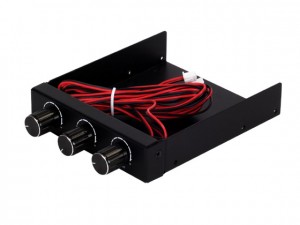
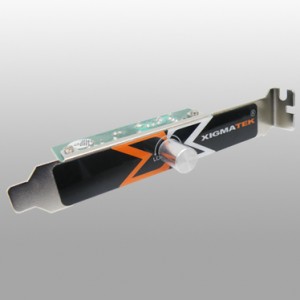

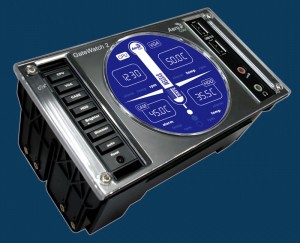
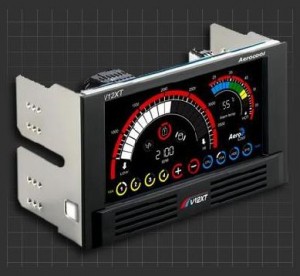
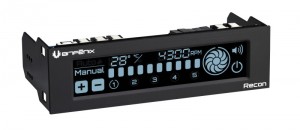
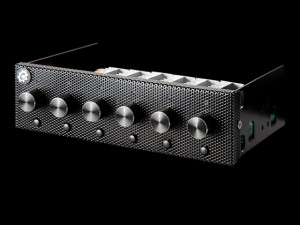
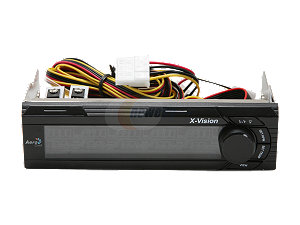

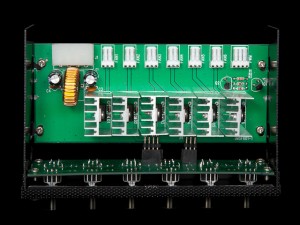
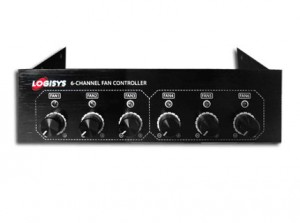
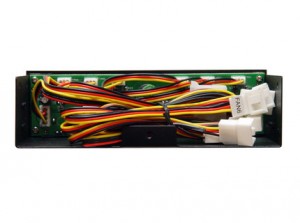
Recent Comments